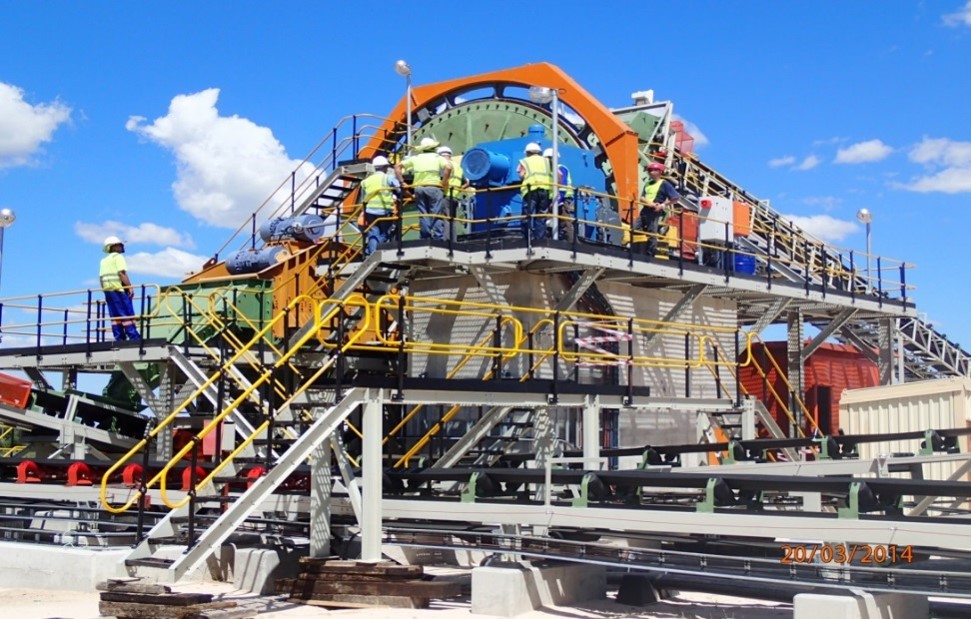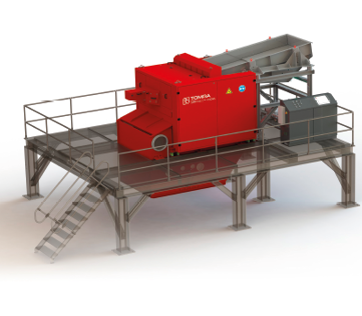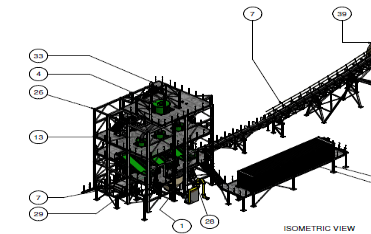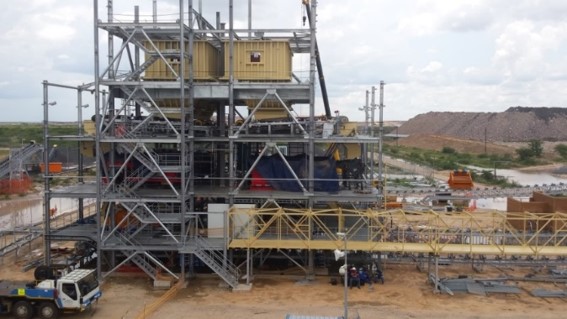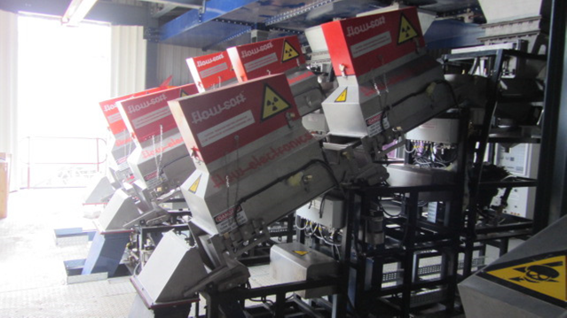Factors Which Lead to Success
1st Stage: Front End Ore Preparation
2nd Stage: Crushing and Processing
3rd Stage: Enhanced Diamond Recovery

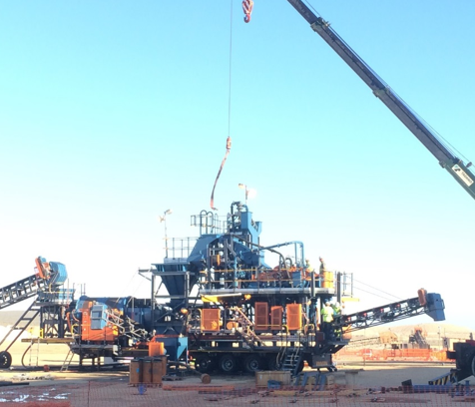
1. DMS only no pre-concentration |
2. Front-end: screening and scrubbing |
3. Mobile-wheel or skid mounted |
4. Capital: R10 million to R20 million |
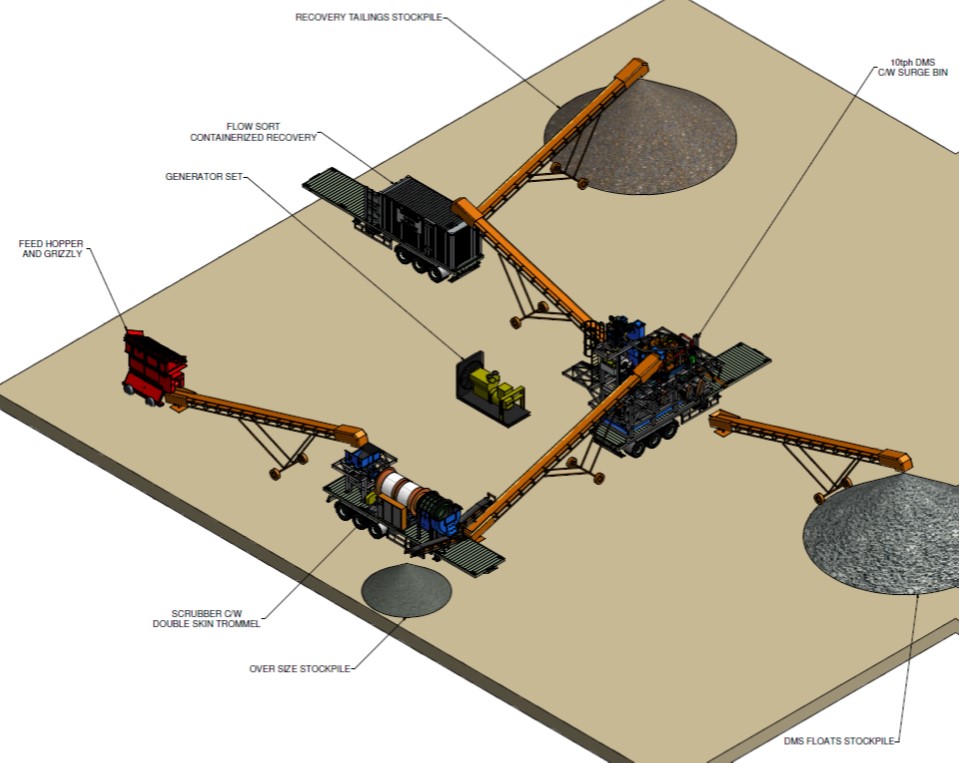

Crushing and screening – re-circulating load |
Jet pumps from DMS to final recovery. XRT Large stones |
XRT reduces DMS capacity |
Capex: R350-R400 million |
